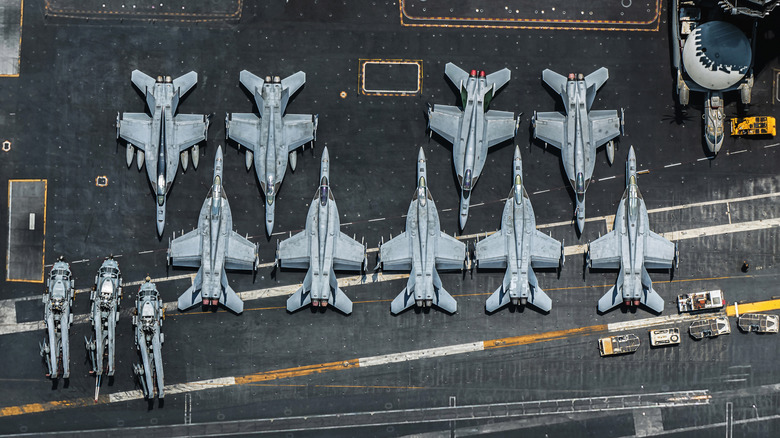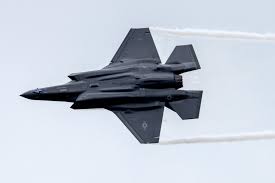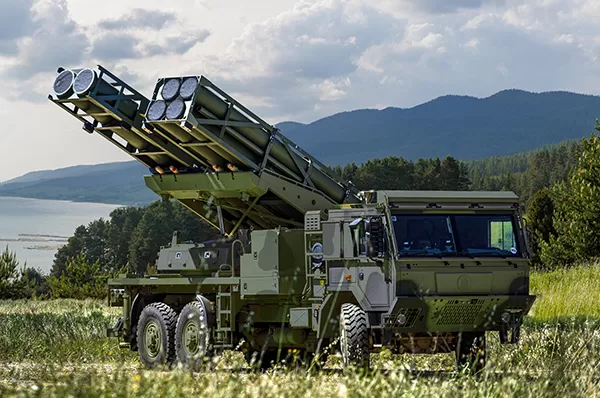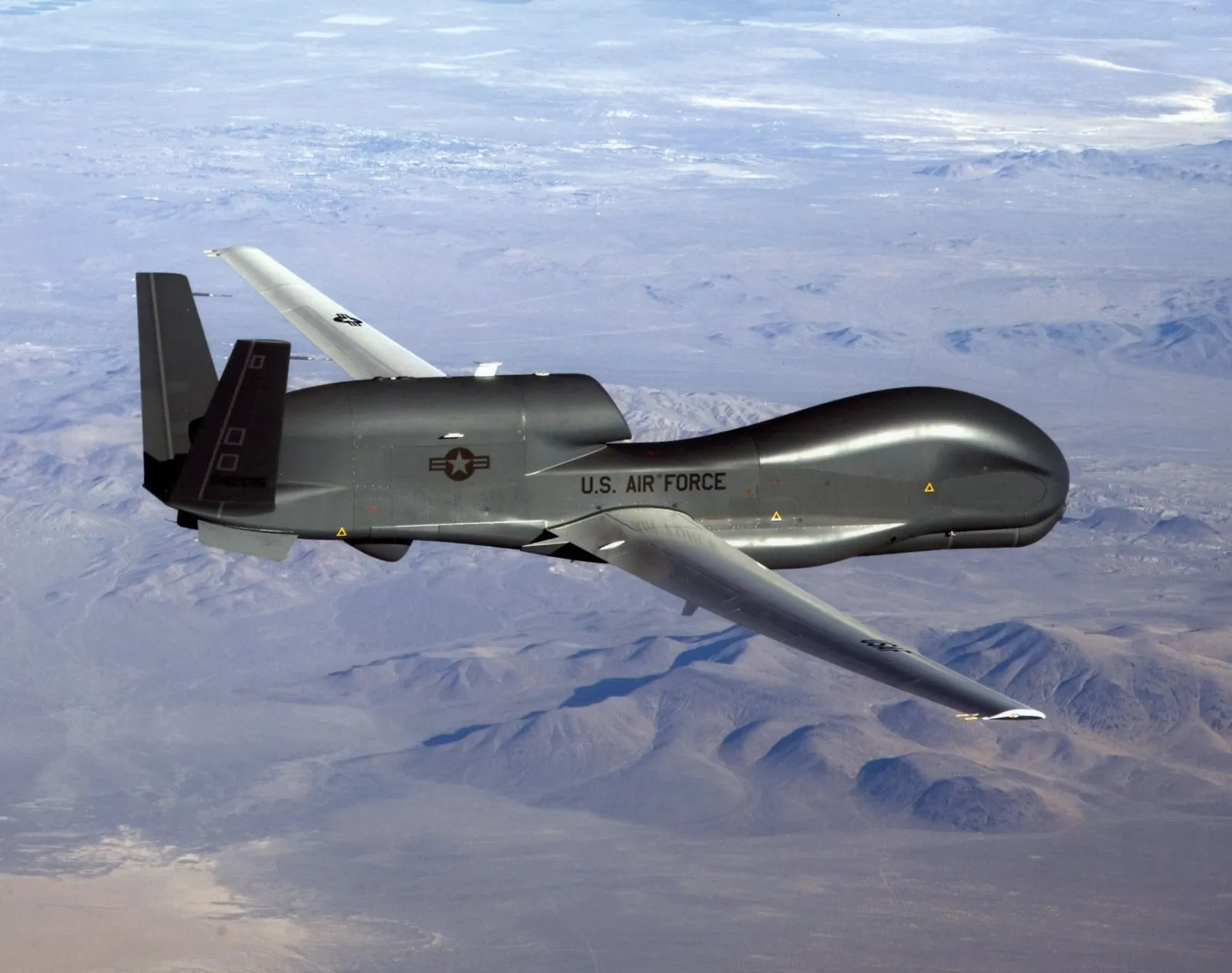The Relentless Pursuit of Air Superiority: Air Force Modernization Programs
The landscape of global defense is constantly evolving, demanding that air forces adapt and innovate at an unprecedented pace. No longer can nations rely solely on legacy systems; the future of air power hinges on embracing cutting-edge technology and developing new strategies. The United States Air Force (USAF) is at the forefront of this transformation, undertaking ambitious modernization programs designed to ensure air dominance in the 21st century and beyond. This blog post will explore some of the critical initiatives shaping the future of the USAF.
Next Generation Air Dominance (NGAD)
The cornerstone of the Air Force's modernization efforts is the Next Generation Air Dominance (NGAD) program. NGAD represents a paradigm shift in fighter aircraft design and development. Instead of simply improving existing platforms, NGAD aims to create a family of systems, including a sixth-generation fighter, collaborative combat aircraft (CCAs), and advanced weapons. This system-of-systems approach acknowledges the increasing complexity of modern aerial warfare. The sixth-generation fighter, the centerpiece of NGAD, is envisioned as a highly adaptable platform capable of operating in contested environments. It will likely incorporate advanced technologies such as artificial intelligence (AI), directed energy weapons, and advanced sensors, providing a decisive edge over potential adversaries. The program also intends to move away from typical acquisition timelines and practices that often takes decades to complete. NGAD’s goal is to dramatically reduce the length of time it takes to go from concept to fielded warfighting capability.
B-21 Raider: Stealth and Strike in the 21st Century
The B-21 Raider, a stealth bomber developed by Northrop Grumman, represents another crucial element of the Air Force's modernization strategy. Designed as a long-range, highly survivable platform, the B-21 is intended to replace the aging B-1B Lancer and B-2 Spirit bombers. Its advanced stealth capabilities will allow it to penetrate heavily defended airspace, delivering precision strikes against high-value targets. Beyond its bombing capabilities, the B-21 is also envisioned as a versatile platform capable of conducting intelligence, surveillance, and reconnaissance (ISR) missions, as well as electronic warfare. The first flight test was completed in 2023, with plans to enter service in the late 2020s. The B-21 Raider is not merely a replacement for existing bombers; it represents a technological leap forward, ensuring that the Air Force retains its ability to project power globally. Production of the B-21 is expected to continue for several years, as the Air Force hopes to procure at least 100 of these advanced aircraft.
Modernizing the F-35 Lightning II
While new programs like NGAD and the B-21 Raider capture headlines, the Air Force is also committed to upgrading its existing fleet. The F-35 Lightning II, the latest multirole fighter, is undergoing continuous modernization to enhance its capabilities and address identified shortcomings. This includes upgrades to its avionics, sensors, and weapons systems. The F-35 is intended to serve as the backbone of the Air Force's fighter fleet for decades to come, so ongoing modernization is essential to ensure its continued relevance in the face of evolving threats. The F-35 also is receiving software and hardware upgrades to improve its targeting and EW capabilities.
Maintaining Air Superiority: A Multifaceted Approach
The Air Force's modernization programs are not limited to aircraft. They also include investments in space-based assets, cyber warfare capabilities, and advanced weapons. The modern battlespace extends far beyond the atmosphere, making space a critical domain for military operations. The Air Force is developing new satellites and space-based sensors to enhance its situational awareness and communications capabilities. Cyber warfare is another critical area of focus. The Air Force is investing in defensive and offensive cyber capabilities to protect its networks and disrupt enemy operations. Furthermore, the development of advanced weapons, such as hypersonic missiles and directed energy weapons, is essential for maintaining a technological edge over potential adversaries. In the end, the Air Force needs to develop the ability to respond to threats in any domain (air, land, sea, space, and cyber) and at any time. This will require innovation, dedication, and perhaps most importantly, significant investments in new and existing technology.




